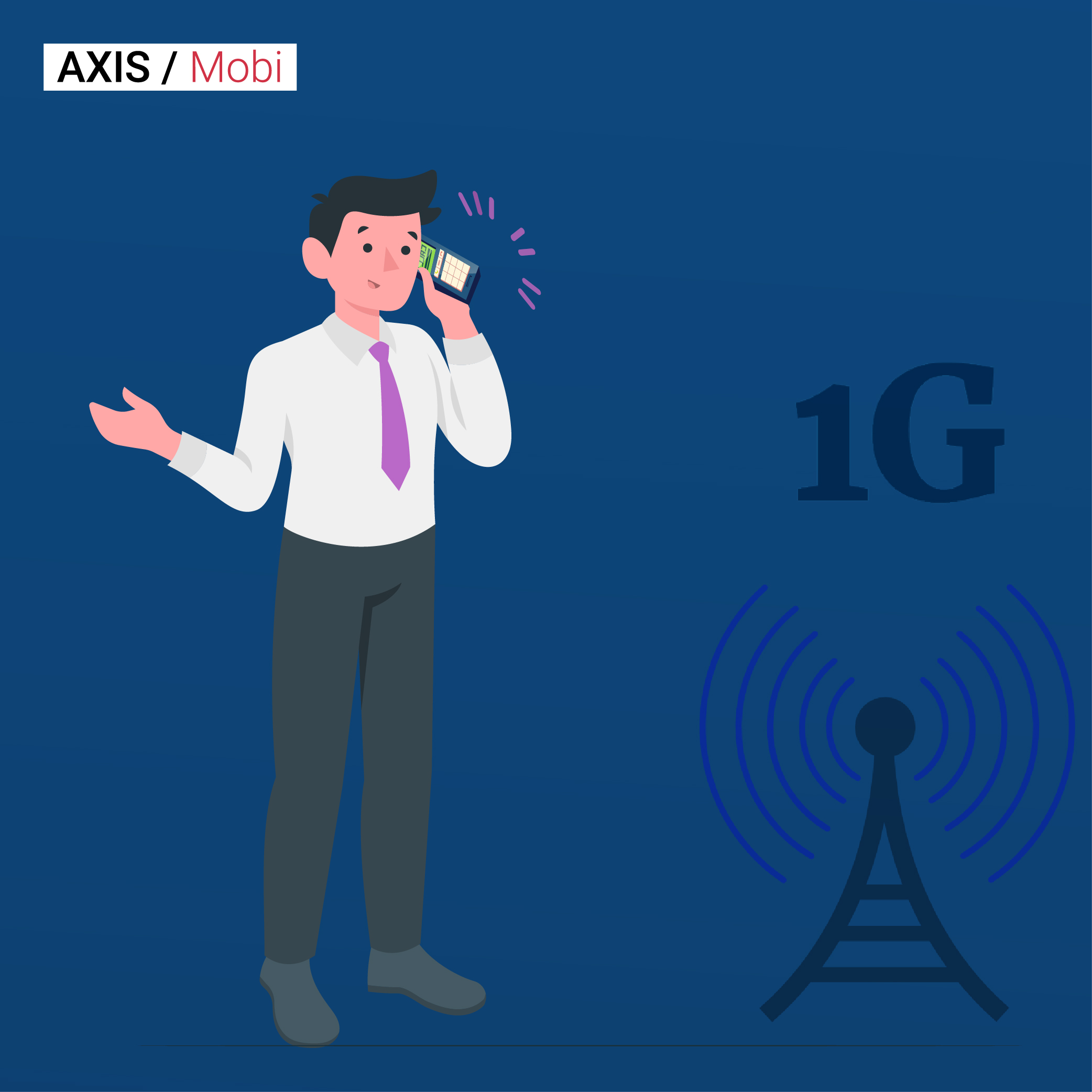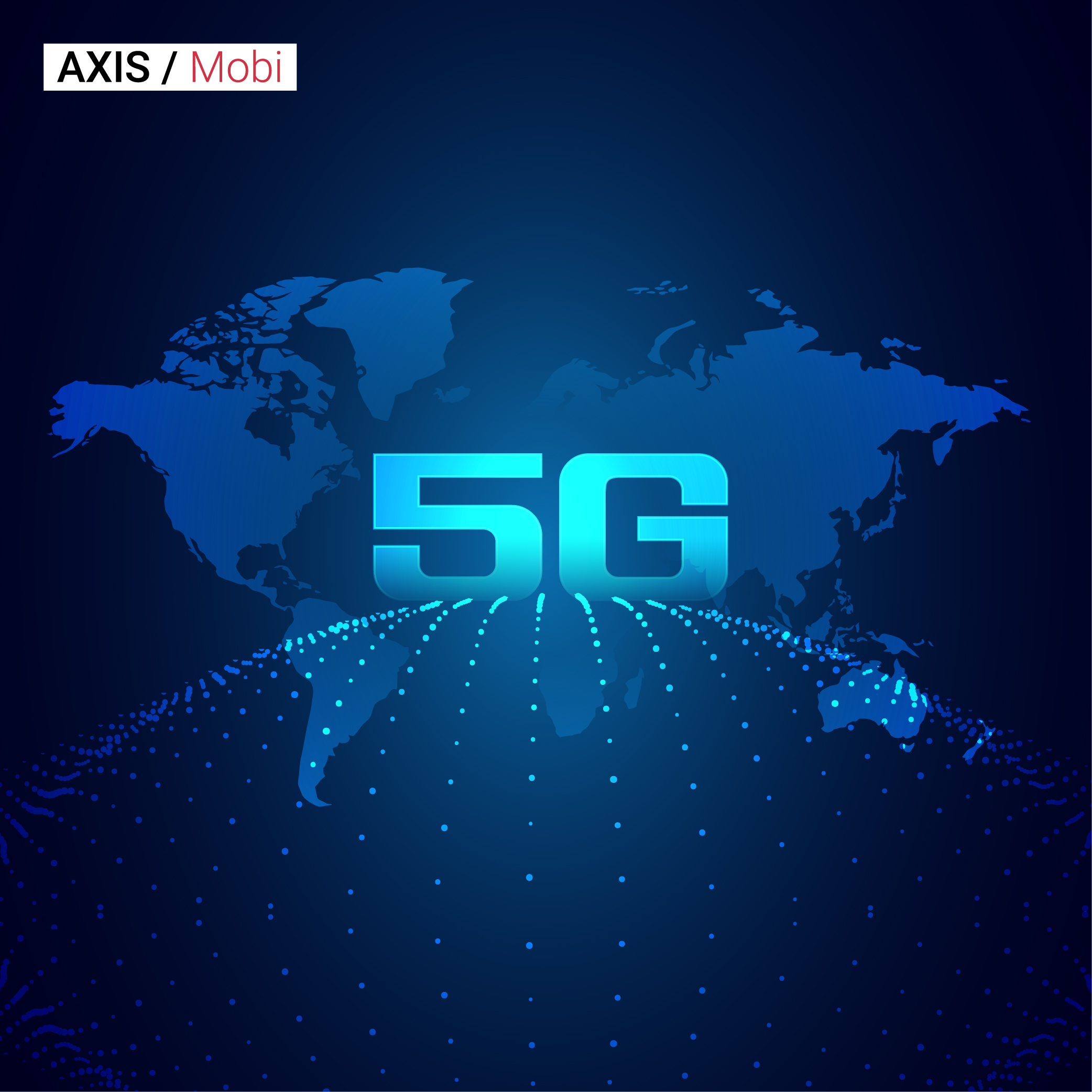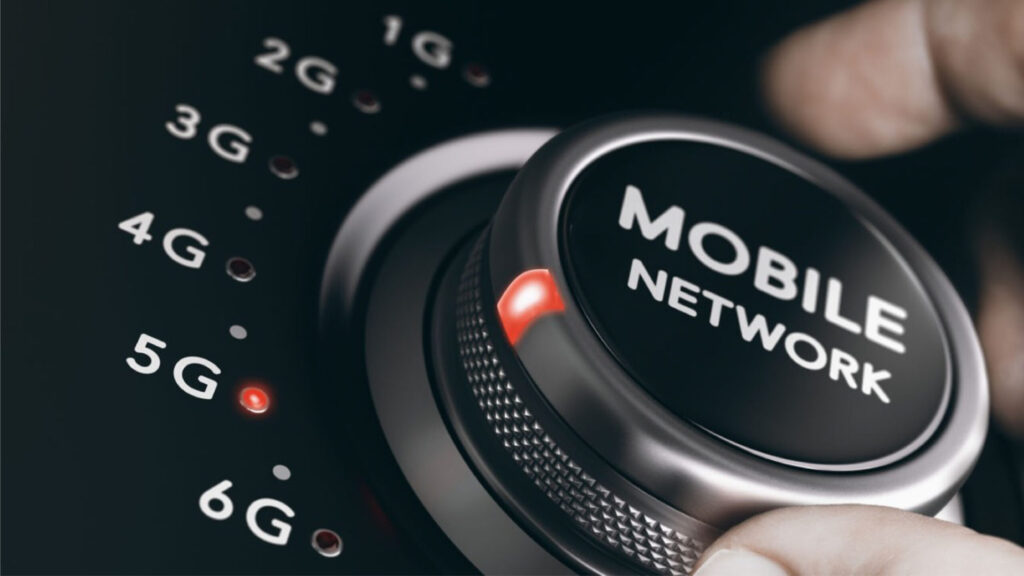It’s 2040, Michelle is playing on his V.R. system, and his internet speed slowed down. He started getting irritated and got up to call the authority responsible for it. Seeing him all worried, Michelle’s mother came up to him to know what happened. Knowing the reason, she started smiling. Watching his mother not worried, Michelle asked, “Mom, what’s the matter? Here the internet has slowed down, my game has slowed down, and you are giggling.” To this mother exclaimed, “The speed of network which you are stating slow, was the fastest in our times. We used to do all types of research and play games easily.” “Then you must be a very patient person because compared to 5G, 6G is 100 times faster, with more excellent connectivity, high reliability, and energy-efficient. It evolved the computer that supported A.I. technology.
Seeing her son over-excited in explaining the features of 6G, she asked, “Do you know when the first cellular network started?” And Michelle didn’t have the answer to this question. Observing his silence, his mother decided to take her to the history ride of Cellular or Mobile Network Generations.
Do you know the history? How it all started, the fastest coverage, more outstanding network? If not, then come, let’s go with Michelle to this fantastic ride.
1G ( First Generation) of Mobile Network:

The first generation of mobile networks rolled out in the market in 1979 by Japan. Based on the analogue technology, also known as Advanced Mobile Phone System (AMPS). It used Frequency Division Multiple Access modulations. 1G network provided a channel capacity of 30 kHz and a speed of 2.4Kbps.
Under this network, only voice call was possible and had reliability and signal interference issues.
Although having numerous flaws, the suspension was not till 1991.
2G (Second Generation) of Mobile Network:

Global System for Mobile Communication(GSM) launched a 2G mobile network with increased security and capacity based on digital signalling technology. It offers a bandwidth of 30kHz to 200kHz. Under this network, users can send SMS and MMS, but its speed is only 64Kbps.
GSM made continuous improvements and introduced 2.5G, switching the technology from GPRS and EDGE. It enabled a speed of 144 Kbps through which users can send e-mail.
3G ( Third Generation) of Mobile Network:

In 2000, a change came in the way of mobile phone usage with the introduction of 3G. Fewer voice calls and demand for social connectivity increased. Based on GSM, 3G aimed to provide high-speed internet, i.e. 14Mbps, which enabled the users to make video calls, surf the web, share files, play online games, and watch online T.V.
The downloading speed increased as a 3 minute MP3 song took 6 to 9 minutes in 2G to get downloaded, whereas, in 3G, the time decreased to 11 to 90 seconds.
4G ( Fourth Generation) of Mobile Network:

The mobile era completely changed with the 4G on board. Usage of smartphones and handheld mobile devices increased. Being the first to use Long-term Evolution(LTE) technology to provide the downloading speed of 10Mbps to 1Gbps. Users can have the best voice quality, instant message services, less buffering social media surf, and quality streaming. The technology is accommodated Quality of Services(QoS) and provide rate requirements to the application like wireless broadband access, multimedia messaging services(MMS), video chat, mobile tv, HDTV content, digital video broadcasting(DVB).
But 4G started facing problems to cope with the users’ demands in a short period, as more advanced technologies emerged, such as Augmented Reality, autonomous vehicles and increasing usage of IoT.
According to technology giant Ericsson prediction, by 2023, Compound Annual Growth Rate will be 39% in mobile data traffic, equal to 107 Exabytes per month.
Realizing this, the International Telecommunication Union(ITU), in 2015, planned to bring 5G in the market.
5G (Fifth Generation) of Mobile Network:

The change it brought was that it was 100 times faster and had a connection density of 1000 devices per square kilometre. It satisfied the hunger of bandwidth, reduced buffering to 1msec, making it near-real-time response rates.
The deployment of 5G requires implementing a brand new network with investments by operators and considerable elapsed time. 3GPP (3rd Generation Partnership Project) defined 5G NR Non-Stand Alone technology to make this soon available.
It enables the 5G services to provide the existing LTE infrastructure. The already macro-cell can be increased by adding extra MIMO layers, and operators can use the already ‘MIMO sweet spot’ providing the fastest services to the new 5G handset.
6G (Sixth Generation) of Mobile Network:

Planned to be rolled out by 2030, 6G is the latest technology in the broadband cellular or mobile network. Several companies like Nokia, Ericsson, Huawei, Samsung, L.G., Apple, Xiaomi and countries like Chine, Japan, and Singapore have shown interest in the 6G technology.
It is expected to be more diverse and likely to support beyond the current mobile use scenario such as AR/VR, instant global communication, general intelligence and IoT. A flexible, decentralized business model will be adopted with the local spectrum, licensing spectrum, spectrum sharing, infrastructure sharing, and intelligent automated management such as mobile edge computing, A.I., short packet communication, and blockchain technologies.





Pingback: The Cellular Network Generation | Intelligent M...